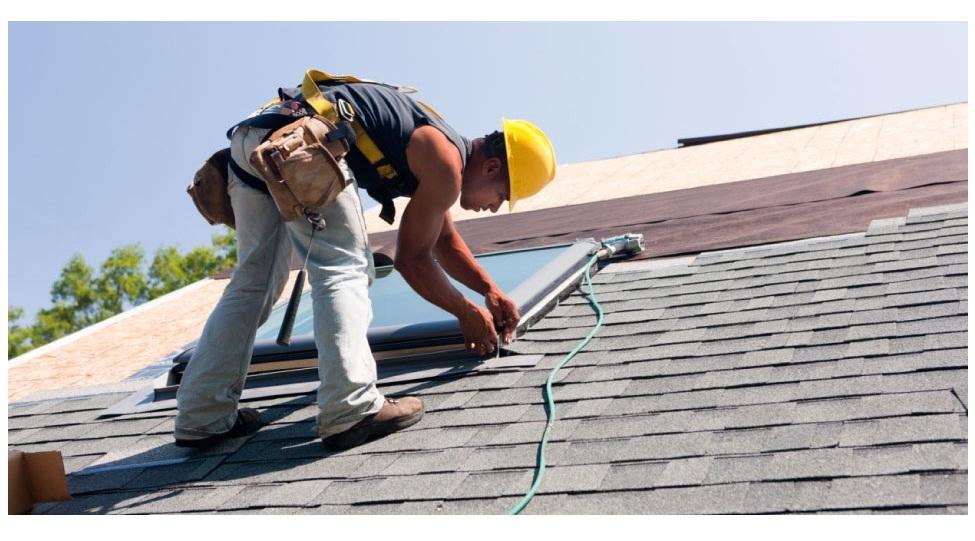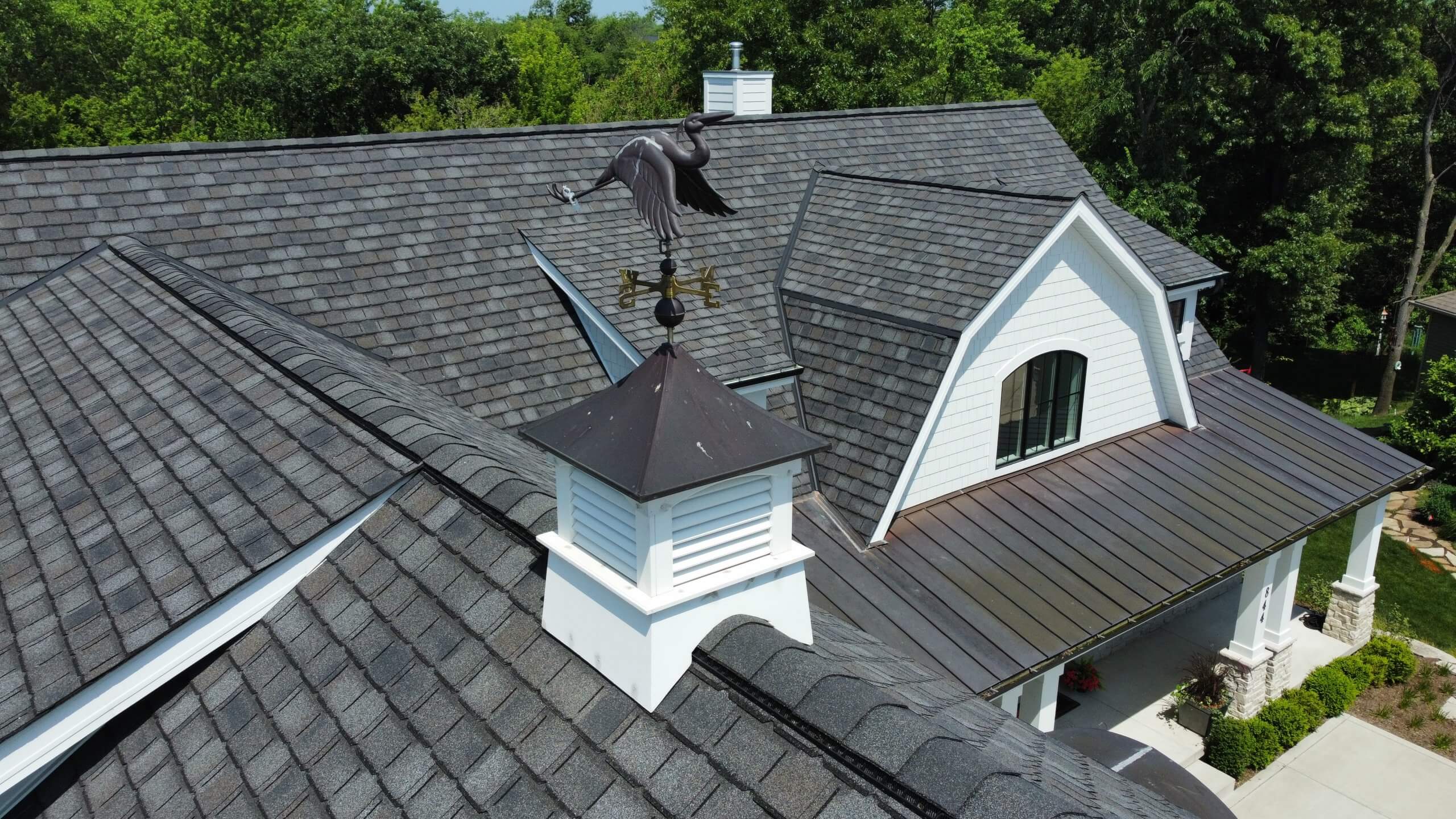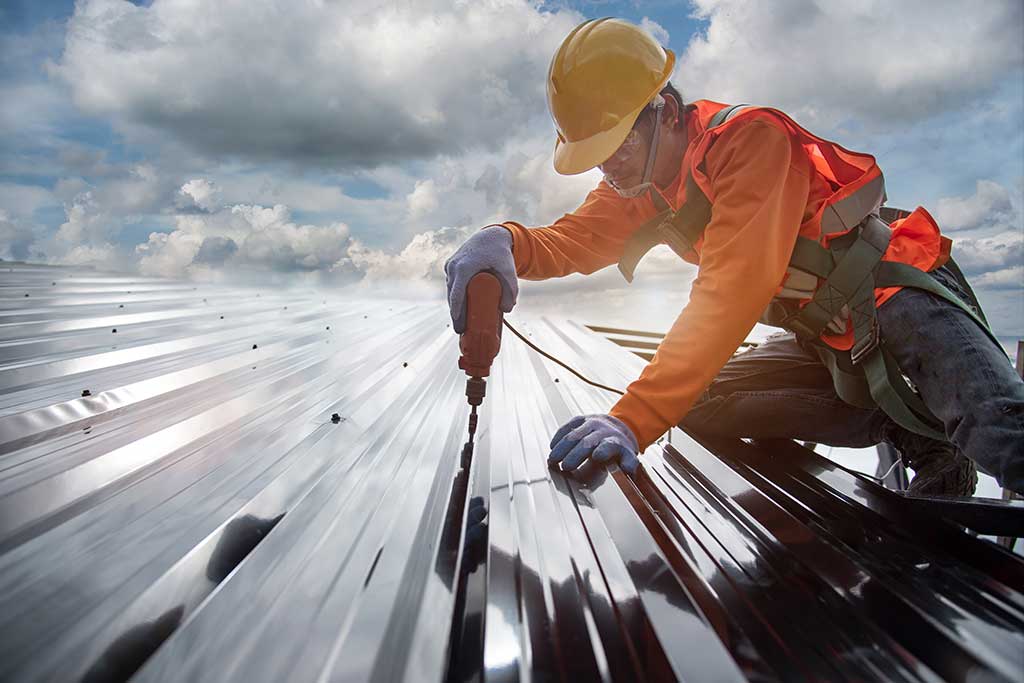C&D Suffolk Siding & Roofing LLC
Unveil the Tricks to Selecting the Ideal Roof Covering Type for Your Residential Property

Assessing Property Requirements
Assessing the building's certain requirements is vital in identifying one of the most appropriate roof covering type for long-term performance and resilience. Variables such as the location of the building, weather problems, building style, and budget plan restraints all play a significant function in this analysis procedure. As an example, residential or commercial properties situated in locations vulnerable to heavy rainfall or snowfall may need a roof covering material with superior water resistance and snow tons capability. In comparison, residential or commercial properties in regions with extreme warm may profit from roof covering products that supply better heat reflection and insulation.
Furthermore, the architectural design of the building need to additionally be considered when choosing a roof type. Historic or typical structures may require specific roofing products to preserve their aesthetic allure and historic accuracy. On the other hand, contemporary buildings may have a lot more versatility in terms of roofing alternatives.

Understanding Durability Variables
Taking into consideration different environmental and architectural variables is crucial in determining the durability and resilience of various roof materials. The longevity of a roofing is influenced by variables such as the regional climate, direct exposure to sunlight, wind patterns, and possible physical damage threats. C&D Roofing. For instance, in regions vulnerable to hefty rains or snow, materials with high water resistance like steel or slate may be better. Likewise, locations with intense sunshine might gain from materials that offer UV defense to stop deterioration with time.
Architectural aspects of a property, such as its shape, incline, and existing support group, also play a critical role in figuring out the durability of a roofing system. A steep roofing, for example, might call for materials that can hold up against high winds, while a flat roof might need extra security versus water merging.
In addition, considering the maintenance requirements of different roofing materials is important for making sure long-lasting toughness. Some products might need routine evaluations and treatments to preserve their performance, while others could be more hands-off. roofers in suffolk C&D Roofing. By assessing these resilience consider combination web with property-specific needs, house owners can choose a roofing material that supplies ideal durability and protection
Evaluating Price Factors To Consider
Expense evaluation is page a crucial facet of the decision-making procedure when picking the most ideal roof covering kind for a property. Various roof covering products differ dramatically in rate, with alternatives varying from affordable asphalt tiles to exceptional slate or steel roof. By very carefully examining the overall cost implications of each roofing kind, property proprietors can make educated decisions that align with their budget and lasting economic objectives.
Aesthetics and Building Style
The aesthetic charm and design compatibility of a roof covering kind play a critical duty in improving the overall aesthetics and building design of a residential or commercial property. When selecting a roof covering product, it is vital to consider just how it will enhance the existing building design of the structure. For historical or typical buildings, products like slate or clay tiles might be more ideal to maintain the genuine look of the framework. On the various other hand, contemporary building styles often combine well with steel roof for a modern and sleek look.
In addition, the color and structure of the roof covering material can substantially impact the general visual appeals of a residential property. Light-colored roofs can assist show sunshine and lower cooling costs, while darker roofing systems might blend or offer a striking contrast in with the surrounding atmosphere. Distinctive roof covering products, such as timber drinks or shingles, can add depth and visual interest to the roofline.
Eventually, selecting a roof covering kind that straightens with the architectural style and enhances the general aesthetics of a property can considerably increase its visual charm and value.
Climate Suitability and Environmental Impact
Climate problems and ecological variables play a substantial duty in establishing the viability and effect of roof materials. When picking a roof type, it is important to consider the climate of the area where the residential or commercial property is located. As an example, in locations susceptible to heavy rains or snow, products like metal or asphalt shingles are advised for their longevity and waterproof properties. On the other hand, in warm and bright environments, products with reflective surface areas such as steel or white ceramic tiles can aid in minimizing cooling prices by showing sunlight far from the residential or commercial property.
Additionally, the ecological influence of roof covering products must not be visit the website forgotten. By taking into consideration both environment viability and environmental impact, home owners can choose roofing products that not just stand up to the weather condition conditions but additionally add to a greener atmosphere.

Conclusion
In conclusion, choosing the appropriate roofing type for your residential property calls for a thorough assessment of its needs, sturdiness aspects, expense factors to consider, looks, building design, environment suitability, and environmental impact. By carefully evaluating these aspects, residential or commercial property owners can make an informed choice that not just improves the visual charm of their residential or commercial property but also ensures long-term defense and sustainability.
From the functional elements of evaluating your residential or commercial property's demands to the visual aspects that complement its building style, each detail plays a crucial duty in figuring out the optimal roofing product. Buildings located in areas susceptible to heavy rains or snowfall may require a roofing product with exceptional water resistance and snow lots capacity. Different roof materials differ substantially in price, with alternatives ranging from affordable asphalt roof shingles to premium slate or steel roofing (roofers long island C&D Roofing).In addition, the color and appearance of the roofing product can significantly influence the overall appearances of a residential property. By considering both environment viability and environmental effect, residential or commercial property proprietors can pick roofing products that not just withstand the weather condition problems but likewise add to a greener setting